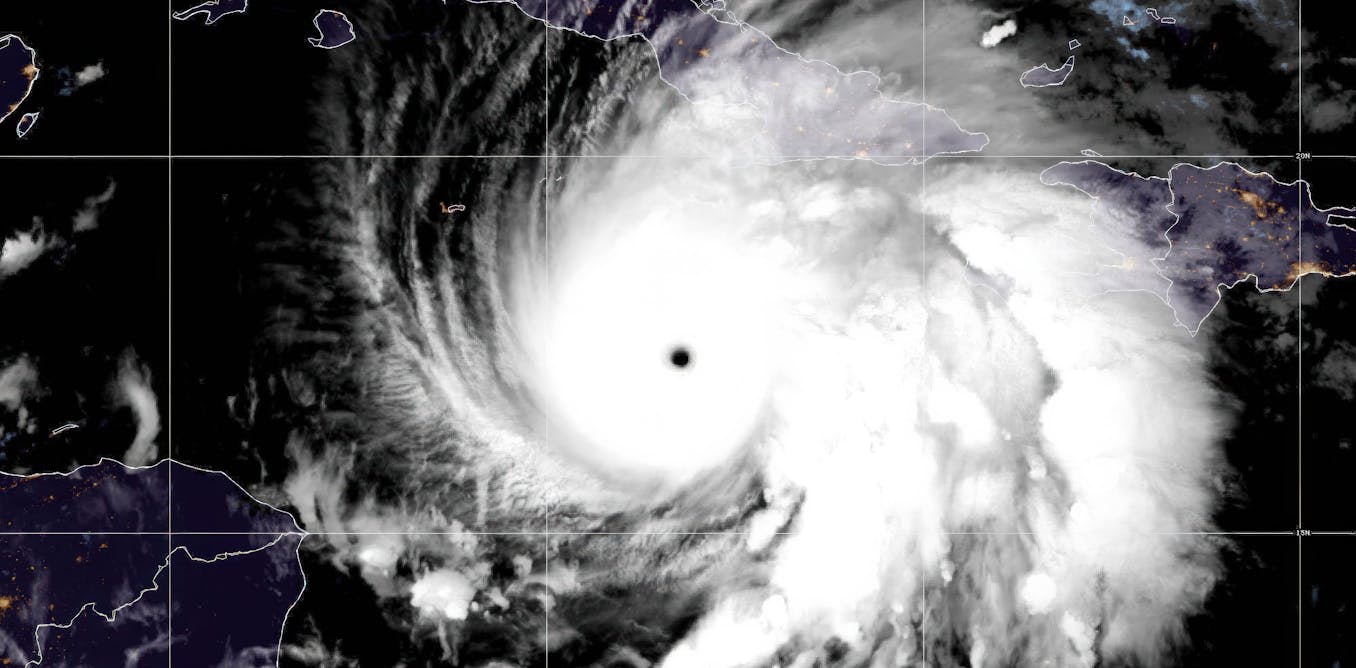Hidden Tariff Costs Exposed at the ‘Disneyland’ of Grocery Stores
As grocery prices continue their upward trajectory, the impact of former President Trump’s tariffs is becoming increasingly apparent. A recent investigation by the Wall Street Journal (WSJ) delves into how these tariffs are subtly yet significantly influencing the cost of everyday essentials, from pineapples to pasta.
In a compelling video, WSJ takes us inside Stew Leonard’s, often dubbed the ‘Disneyland’ of grocery stores, where shopping is an experience as much as a necessity. The unique retail environment, with its animatronic characters and interactive displays, might distract consumers from the economic shifts happening behind the scenes, particularly the ongoing inflation and the pricing strategies influenced by tariffs.
Starting the video at 0:00, the discussion opens with the looming presence of tariffs and their effects on grocery pricing. With a spotlight on foreign products such as Costa Rican pineapples, Greek fish, and Italian cheese, viewers are prompted to consider how these levies impact what they find on their grocery lists.
As the narrative unfolds at 0:35, the camera pans through the aisles of Stew Leonard’s, showcasing the vibrant produce and diverse offerings. Conversations with the chain’s CEO reveal critical insights into pricing strategies. Despite the fractures caused by tariffs, customers haven’t yet felt the full brunt of these increases.
The video dives deeper at 1:08 with an exploration of broader grocery inflation. Prices are rising across various categories, and it becomes evident that consumers may soon notice these tariff-induced shifts at the checkout counter.
At 2:11, the focus turns to shrimp prices, a clear example where tariffs have impacted wholesale costs. As generations of bargaining tactics evolve under the pressure of international trade policies, consumers may find themselves footing a larger bill for beloved seafood.
The investigation continues at 3:02 with produce prices, where the untold stories of supply chain vulnerabilities and tariff repercussions come to light. Each section of the store holds items that could see fluctuating prices, depending on the dynamics of trade agreements.
From seafood to necessities, at 3:41, the spotlight turns to aluminum prices, essential for packaging and transportation, emphasizing how tariffs ripple through the entire grocery sector.
As the video approaches its conclusion at 4:35, it raises key questions about what the future holds for grocery prices. Will these hidden tariff costs become more pronounced, leading to an inevitable increase in consumer prices?
This WSJ presentation is a timely reminder of the intricate relationship between global trade policies and local shopping experiences. As consumers navigate their grocery aisles, the undercurrents of tariffs add a layer of complexity to their shopping habits and perceptions. With grocery bills on the rise, it’s crucial to understand the factors at play that could reshape our food marketplace in the months and years ahead.
For anyone eager to grasp the ramifications of tariffs on daily life, this investigation offers a thought-provoking glimpse into the future of grocery shopping amid rising prices and economic uncertainty.
Watch the video by The Wall Street Journal
Video “We Found Hidden Tariff Costs at the ‘Disneyland’ of Grocery Stores | WSJ” was uploaded on 10/07/2025 to Youtube Channel The Wall Street Journal


































3 minutes ago was crazy!!!
BRICS ?
I am a capitalist and the current President is not.
He's not going to raise his prices? It is to laugh. And my money is on the fact that he is checking out dynamic shelf tags/pricing. We haven't even seen the beginning of that. Electronic shelf tags allow price changes with the hitting of the enter key…store-wide. THAT is what everyone should be thinking about, eh?
Gracias ver operaciones uco 5,28 k saludos like.
Higher prices on day one! Welcome to the Trump Recession.
The United States Needs To Start Making More Product That will offset other cost like Shrimp, crabs etc Grow your pineapples bananas etc. Stop being lazy and complaining if you are not part of the solution you are part of the problem. Just my opinion‼️
Trump’s team hones message on economy: Just wait until 2026: https://on.wsj.com/3Wsfuzo